July 15-19, 2017
High Plains Western Heritage Center
This non-profit museum was founded in the 1970s to honor lifetyles on the high plains of Montana, Nebraska, North Dakota, South Dakota and Wyoming. It offers exhibits about pioneering, cattle and sheep ranching, rodeo, transportation, American Indians and mining.
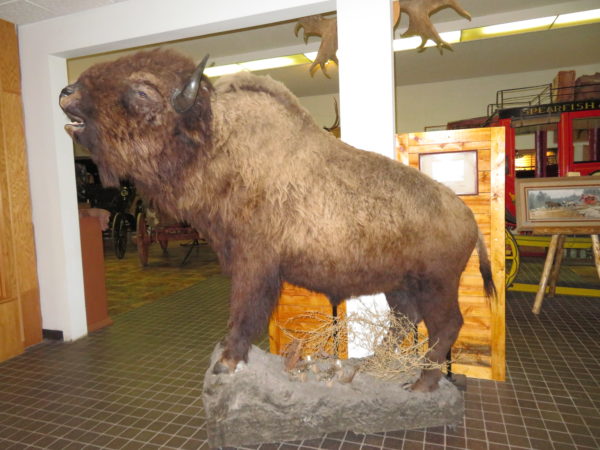 There is a pair of roller skates under this bison (buffalo). Does some curator have a sense of humor similar to ours? We thought immediately of the Mason Williams song “You Can’t Roller Skate in a Buffalo Herd”.
There is a pair of roller skates under this bison (buffalo). Does some curator have a sense of humor similar to ours? We thought immediately of the Mason Williams song “You Can’t Roller Skate in a Buffalo Herd”.
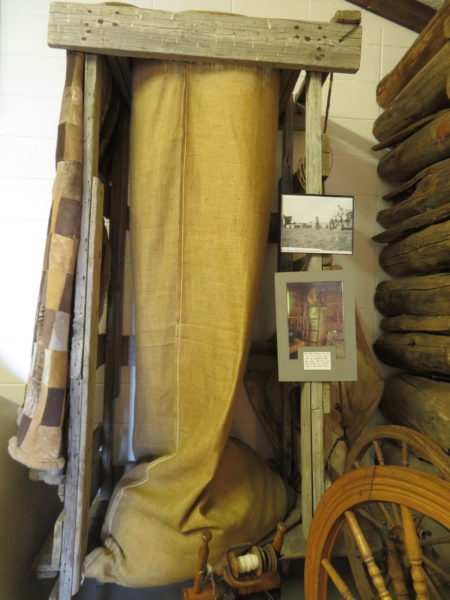 In the picture above is a wool sack. A worker would climb into the sack to press down the sheared wool. Gives a whole new perspective to the line from “Baa, baa, black sheep” about three bags full.
In the picture above is a wool sack. A worker would climb into the sack to press down the sheared wool. Gives a whole new perspective to the line from “Baa, baa, black sheep” about three bags full.
Old Fort Meade Museum
Named for General George Meade of Civil War fame, this fort near Sturgis, SD, was established in 1878-79 to protect gold seekers and settlers from the Sioux. It served as a military installation until 1944 .
One of its oldest artifacts is a rock with great examples of petroglyphs (etchings on rock). We can’t read the description on the photo we took at the exhibit, so here’s a fictionalized explanation: This rock was found near Fort Meade. It shows Indigenous people were in this area thousands of years ago. Or, because petroglyphs can’t be dated, it was created by some hard-drinking high schoolers to prank the museum.
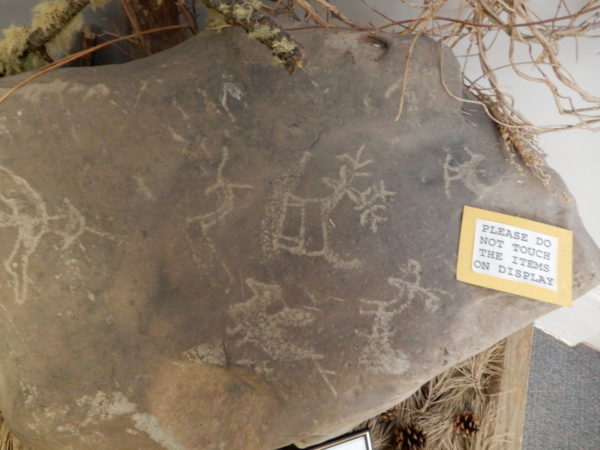 A cemetery was established at the Fort in 1878. It overlooks Bear Butte and is one of a few intact military cemeteries of the frontier era. The first soldier buried here died in an accident during construction of the Fort.
A cemetery was established at the Fort in 1878. It overlooks Bear Butte and is one of a few intact military cemeteries of the frontier era. The first soldier buried here died in an accident during construction of the Fort.
We learned what we think is a fun bit of trivia and will let the photo below tell the story. [Wish we’d gotten a picture of the unfolded flag!]
Fort Meade claims it is the birthplace of the national anthem. If you’re like us, you’ll scratch your head, try to remember the name of Fort McHenry in Baltimore Harbor, and wonder what you’re remembering wrong. Nothing. The post commander required the regular playing of “The Star Spangled Banner” and the habit caught on. And it’s commemorated with a plaque.
While the Ku Klux Klan was born in the Southern US (okay, in Jane’s home state of Tennessee), it was active in the 1920s in the West. Klan members perceived Roman Catholicism to be a national threat and Catholic schools in the Sturgis area were a target of the Klan. Members planned to burn a cross nearby, but soldiers from Fort Meade fired over the heads of Klan members, putting an end to their plans–at least for that evening.
In 1935, National Geographic and the Army Air Corps launched a balloon to explore the nature of the ozone layer, especially with respect to radiation. 120 soldiers from the Fort served as ground crew for the record-breaking flight that reached a height of 60,000 feet.
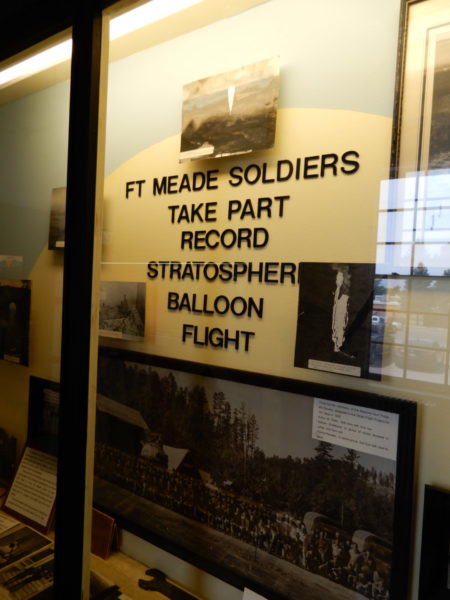 Although we don’t have much to say about it, we wanted to include this photo of a cool World War II-era Harley Davidson for our motorcycle loving friends. [You know who you are, Jay!]
Although we don’t have much to say about it, we wanted to include this photo of a cool World War II-era Harley Davidson for our motorcycle loving friends. [You know who you are, Jay!]
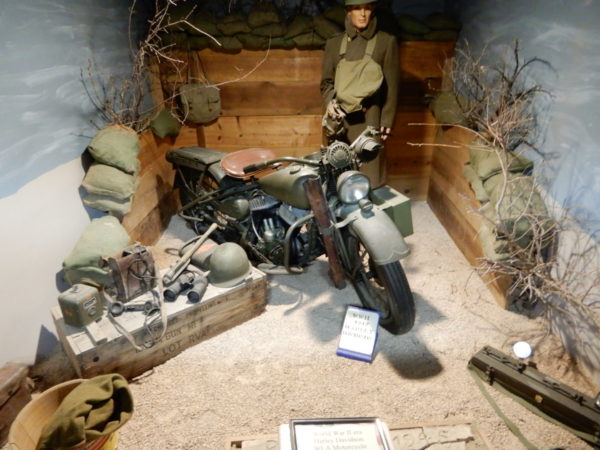 The Fort today serves primarily as a VA hospital, but National Guard troops also train there.
The Fort today serves primarily as a VA hospital, but National Guard troops also train there.
Tatanka
We had read about Tatanka and how Kevin Costner was so moved by his experiences filming Dances with Wolves that he created an attraction to honor the bison (tatanka). It contains larger-than-life (125%) bronze sculptures of 14 bison and 3 Native American riders as well as an interpretive center. We didn’t care for the style of the sculptures and found the facility shabby. We did enjoy the introduction by a Native American.
D. C. Booth Historic Fish Hatchery
The Spearfish National Fish Hatchery was built in 1896 to propagate, stock and establish trout populations in the Black Hills. The original hatchery building (built in 1899) houses a museum of hatchery-related objects collected throughout the country. Currently it provides 20,000-30,000 rainbow trout to stock waters every year.
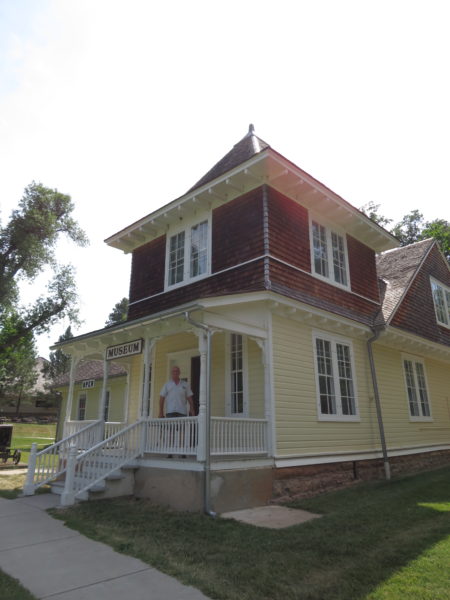 We toured the house built in 1905 for the facility’s first superintendent (D. C. Booth) and his family.
We toured the house built in 1905 for the facility’s first superintendent (D. C. Booth) and his family.
In order to move fish quickly from hatcheries to locations around the country, rail cars were custom-fitted to hold fish and workers. The hatchery has a beautiful replica.
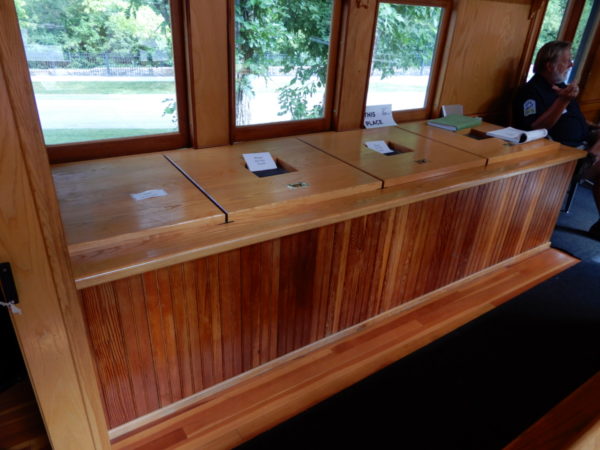 Fish tanks were cooled by ice.
Fish tanks were cooled by ice.
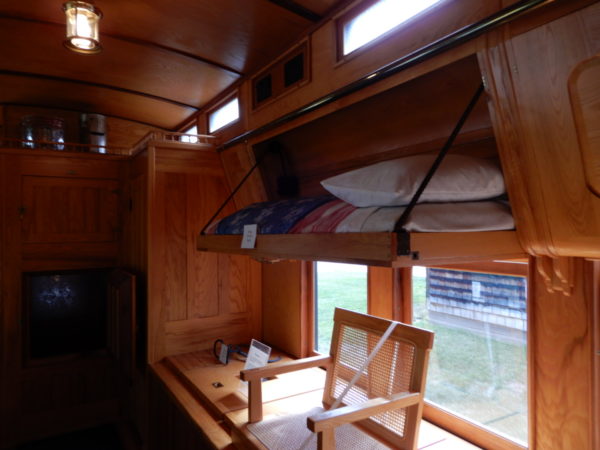 Seating over tanks and bunks over seating.
Seating over tanks and bunks over seating.
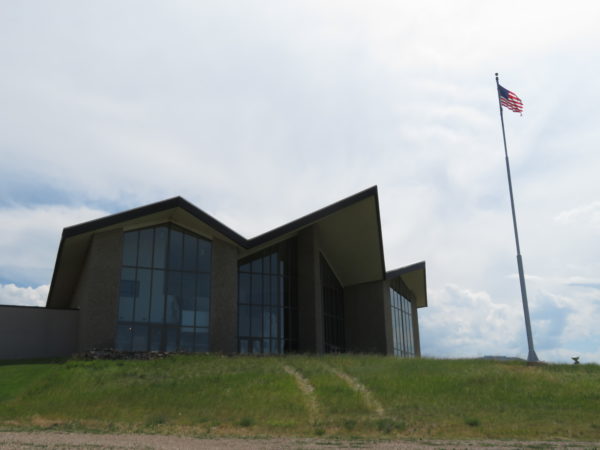
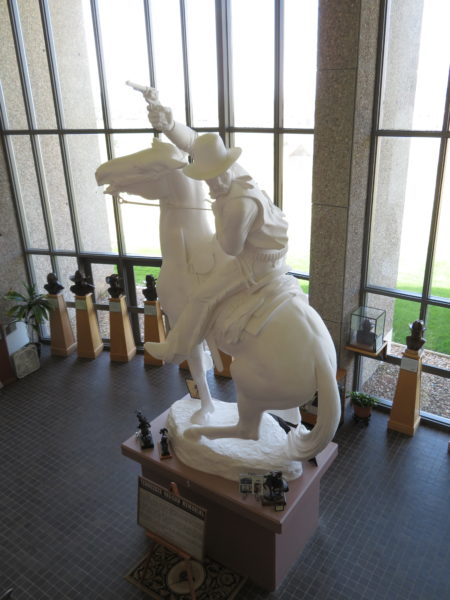
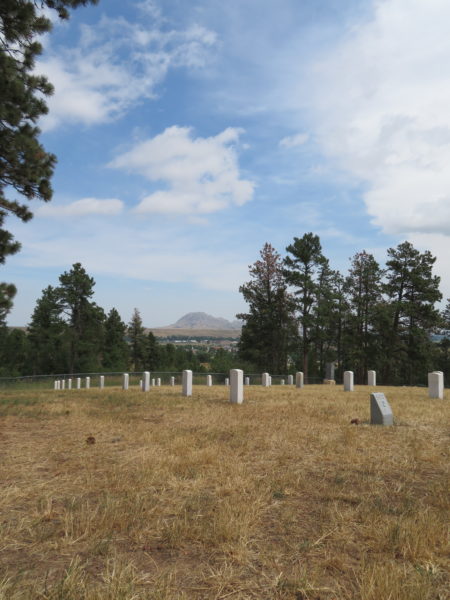
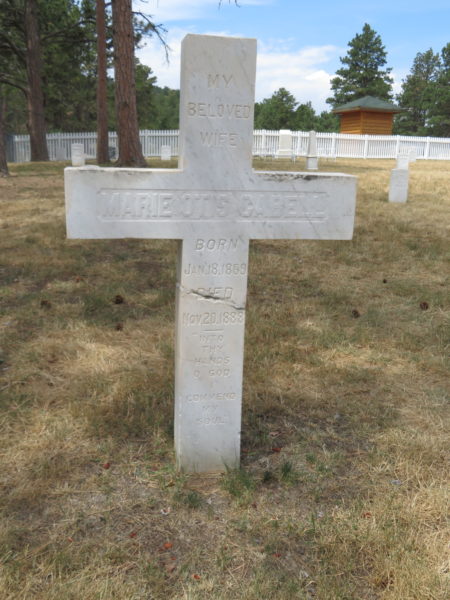
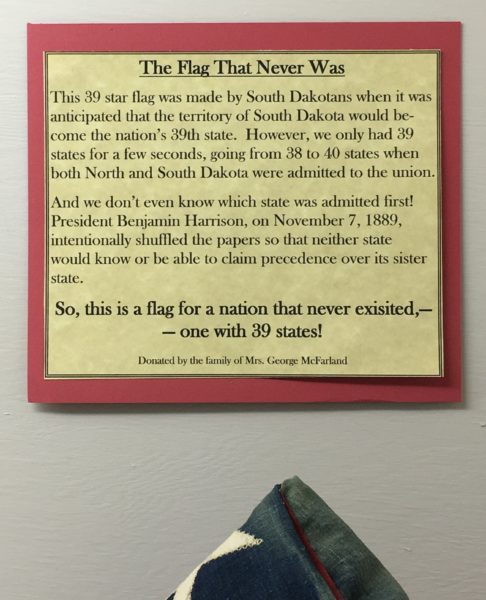
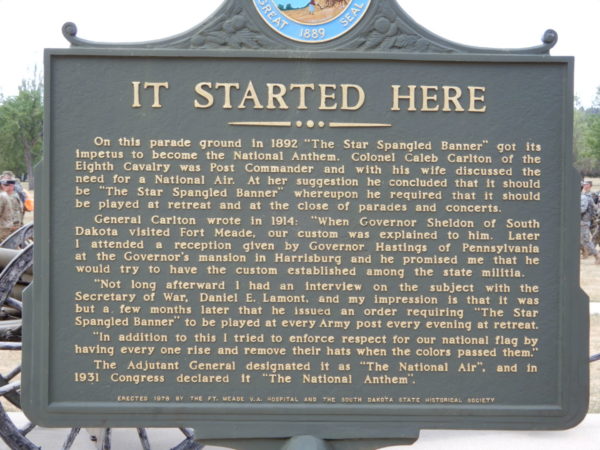
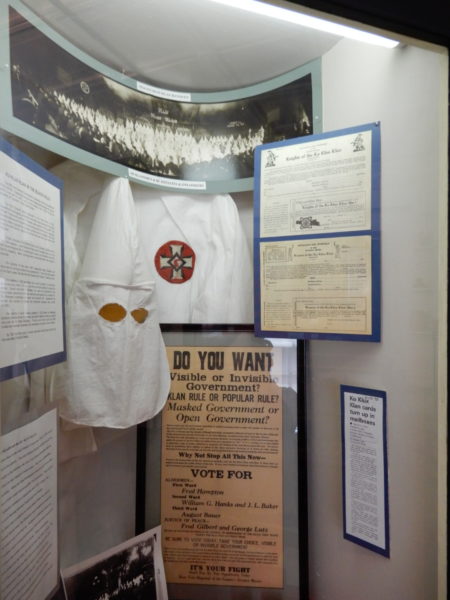
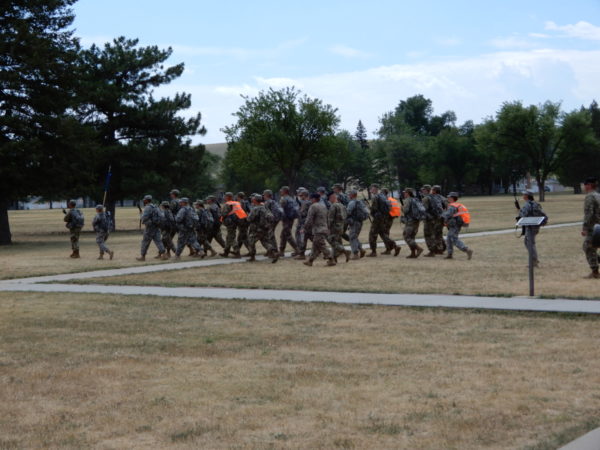
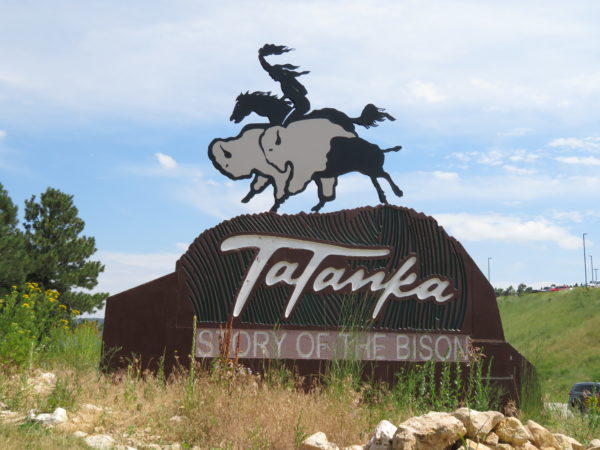
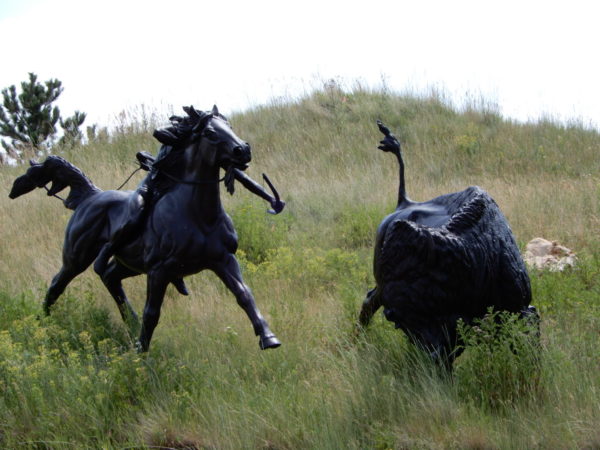
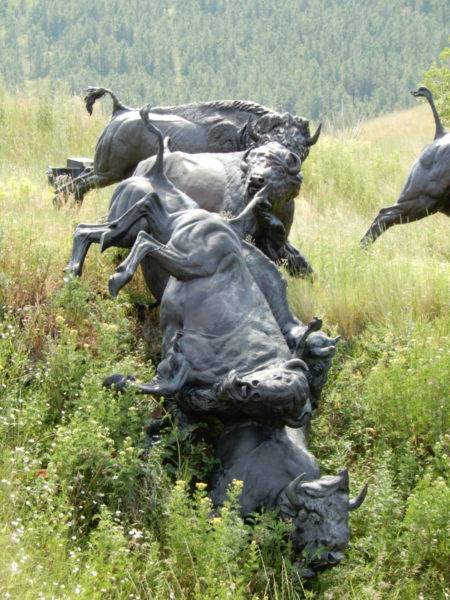
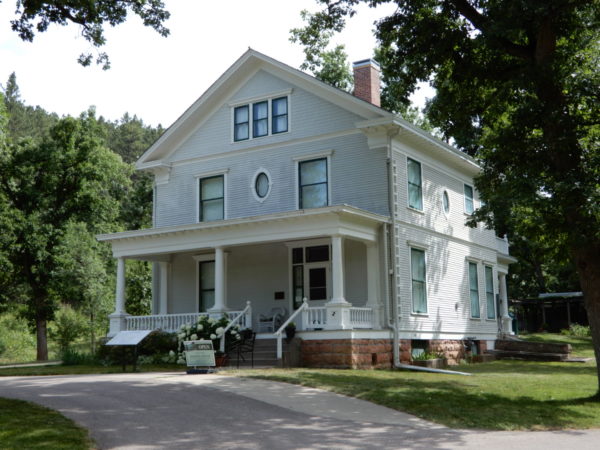
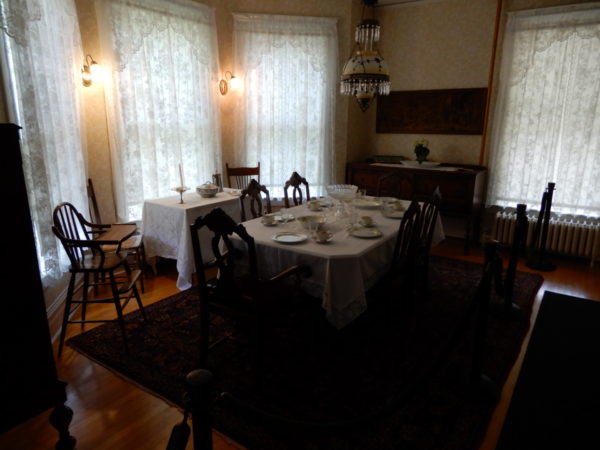
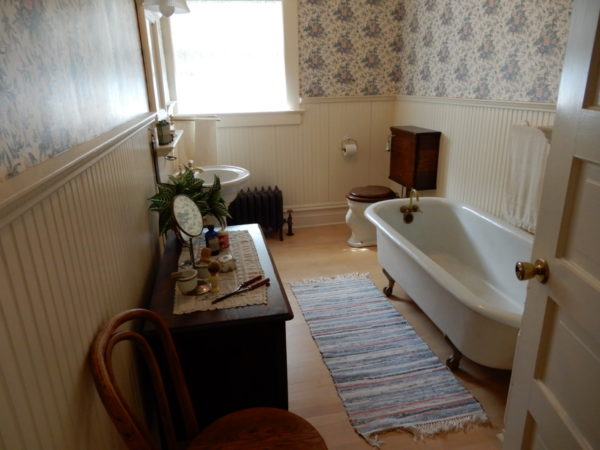
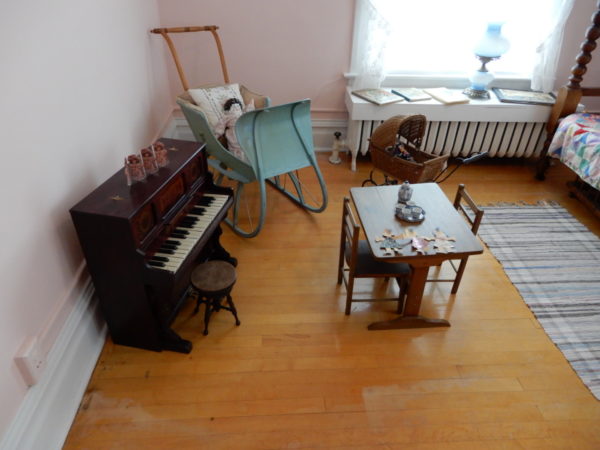
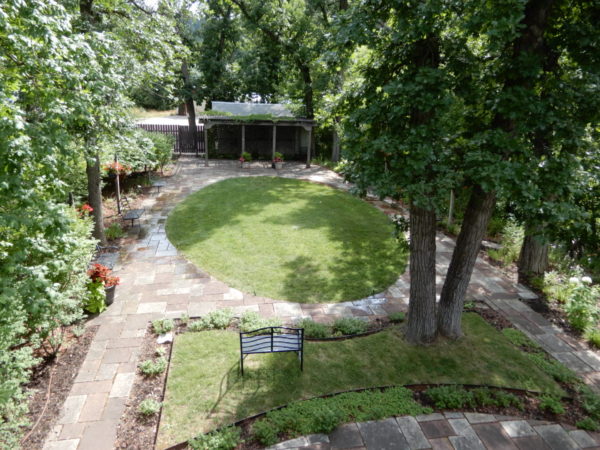
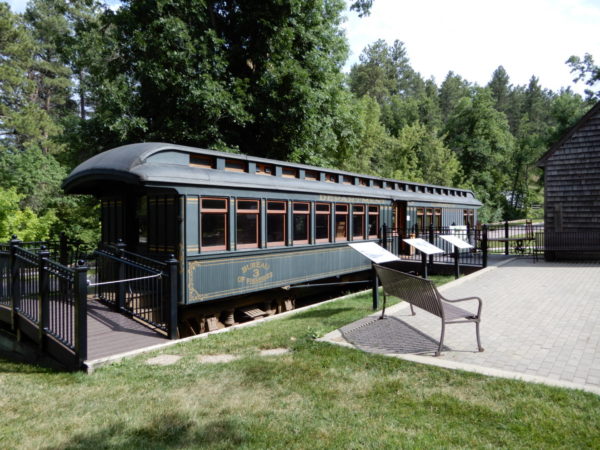
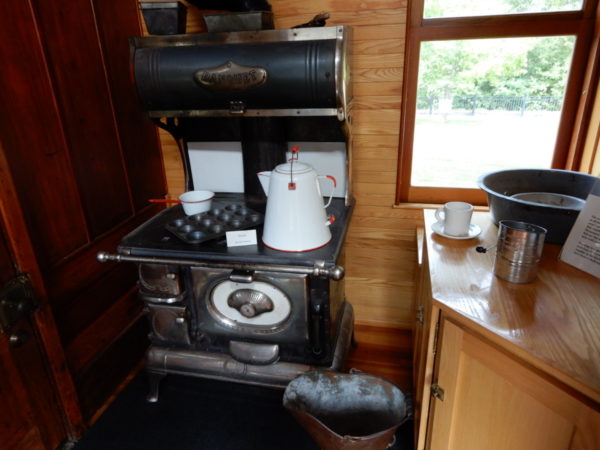
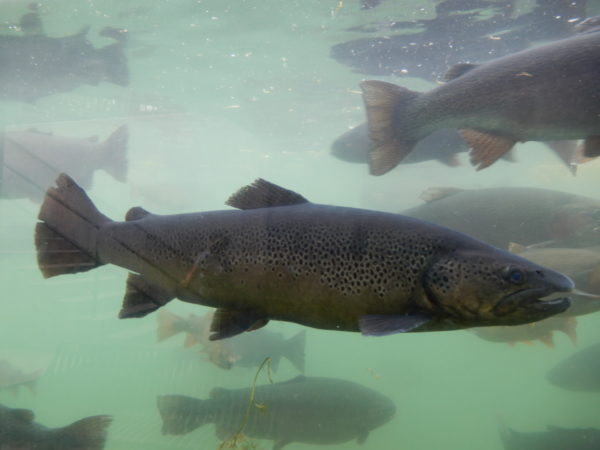
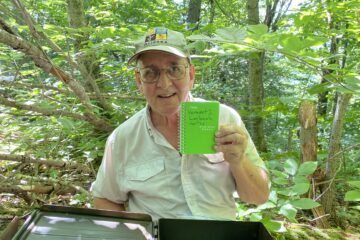
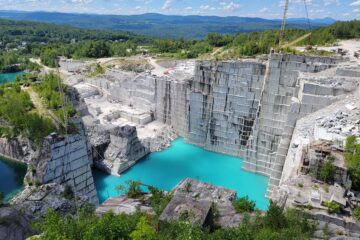
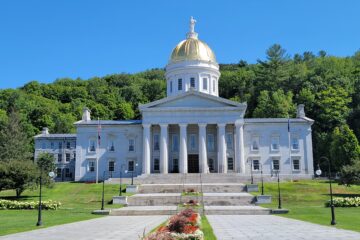
1 Comment
Susan · August 28, 2017 at 10:48 am
Very cool picture of the Harley